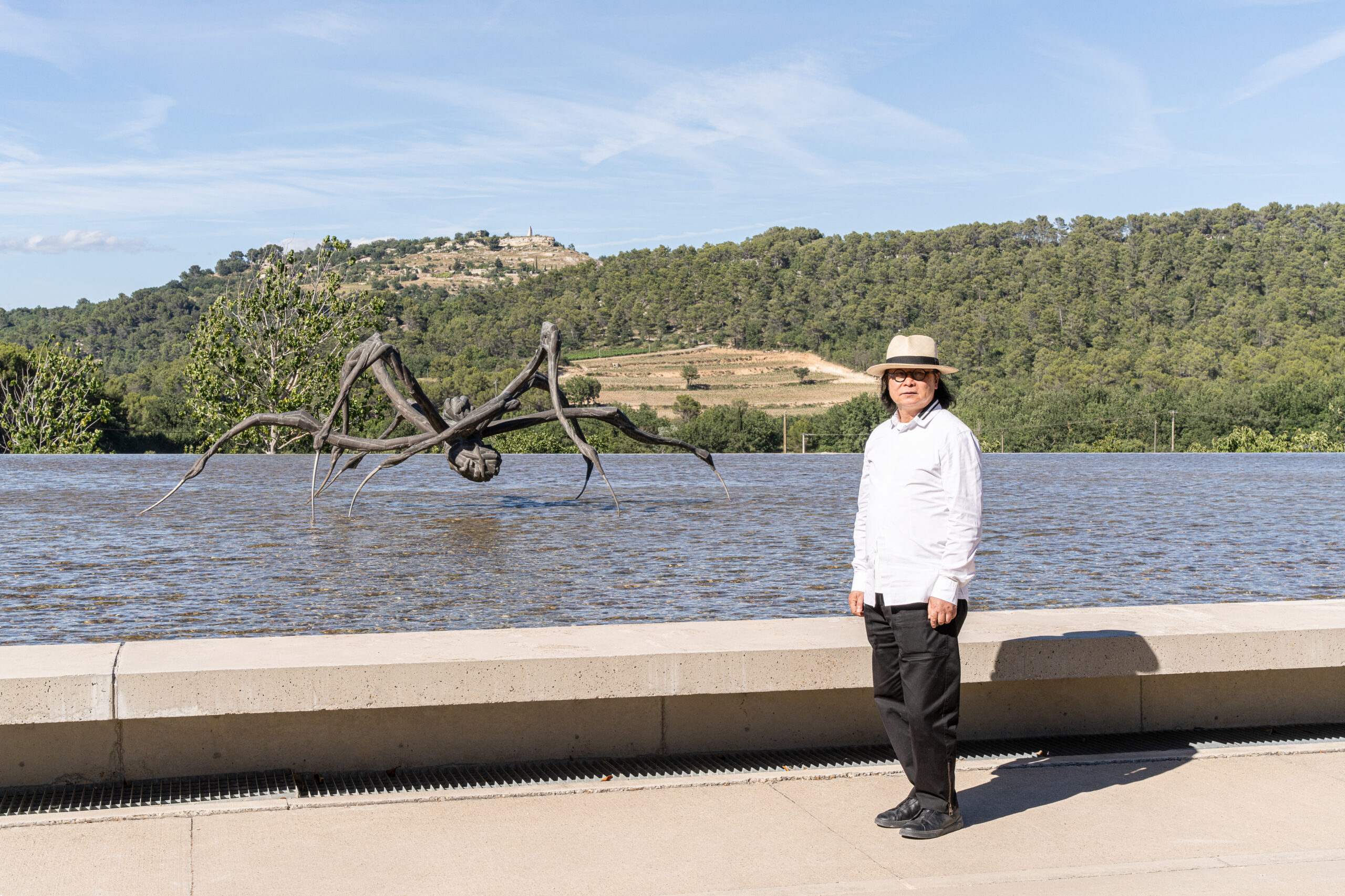
Ding Yi at Chateau la Coste – Provence – France

Chateau la Coste in Provence, southern France
For the uninitiated, Château La Coste is no ordinary vineyard. This Provencal paradise, constructed by architectural royalty and dripping with A-list art, has become a magnet for those who spend their year chasing the globe’s most illustrious art events. The allure? The chance to sip Provence’s finest rosé while basking in the glow of art that’s as intoxicating as the wine.
Meanwhile, Menorca, a lesser-known Balearic jewel, has found itself thrust into the limelight thanks to the gravitational pull of the mega-gallery Hauser & Wirth. Its presence has transformed this once-sleepy island into a must-visit destination for art-world insiders.




Art collection in the Château La Coste Hotel Villa
In comparison to the many discreet yet opulent art foundations scattered across southern France, Château La Coste is perhaps the flashiest. Picture a collection that resembles the work of a wealthy collector with an enviable budget, but a broad, eclectic taste—amassing a “starter pack” of sculpture parks and hotel villas. It’s an ideal crash course for fledgling collectors eager to explore a wide range of artistic styles that resonate with the masses.
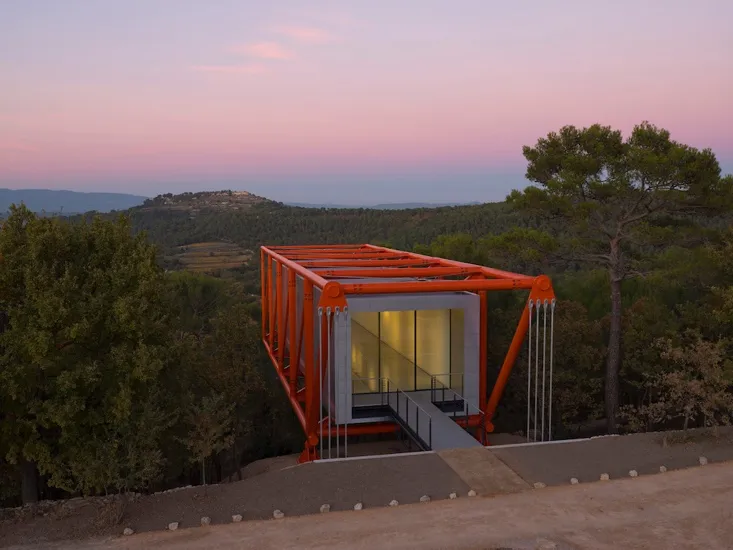
Galerie d’exosition, Richard Rogers. Photography James Reeve

Chaple, Tadao Ando and La Grande Croix Rouge, Jean Michel Othoniel. Photography Andrew Pattman

Centre d’art, Tadao Ando. Photography: François Deladerrière
But let’s not dismiss Château La Coste too quickly. It holds a trump card: a roster of exhibition spaces designed by the world’s top architects and the cachet of showcasing heavyweight artists. It’s a place where “vulgar” mass appeal seamlessly coexists with “sophisticated” high culture, appealing to both the crowd-chasing public and the discerning connoisseur. Clearly, Château La Coste’s owner, Paddy McKillen, is playing a masterful game.
This summer, Château La Coste seemed poised to outshine Menorca, especially on the international stage. It was the chosen venue for the first solo exhibition of Chinese artist Ding Yi in southern France, a landmark event that drew the insiders from both the Chinese and Western art worlds to toast art, bask in the sun, and, of course, indulge in the region’s signature rosé.


Ding Yi exhibition opening luncheon
Years from now, we might forget the specifics of the exhibitions we’ve seen, but we won’t forget the emotions they stirred or the connections we forged. Ding Yi’s “Prediction and Retrospection” might just be one of those memorable moments. For me, standing on the precipice of a new chapter, this exhibition felt like a beacon of guidance amidst uncertainty. My turning point came not just from the art but from a conversation with the artist himself.
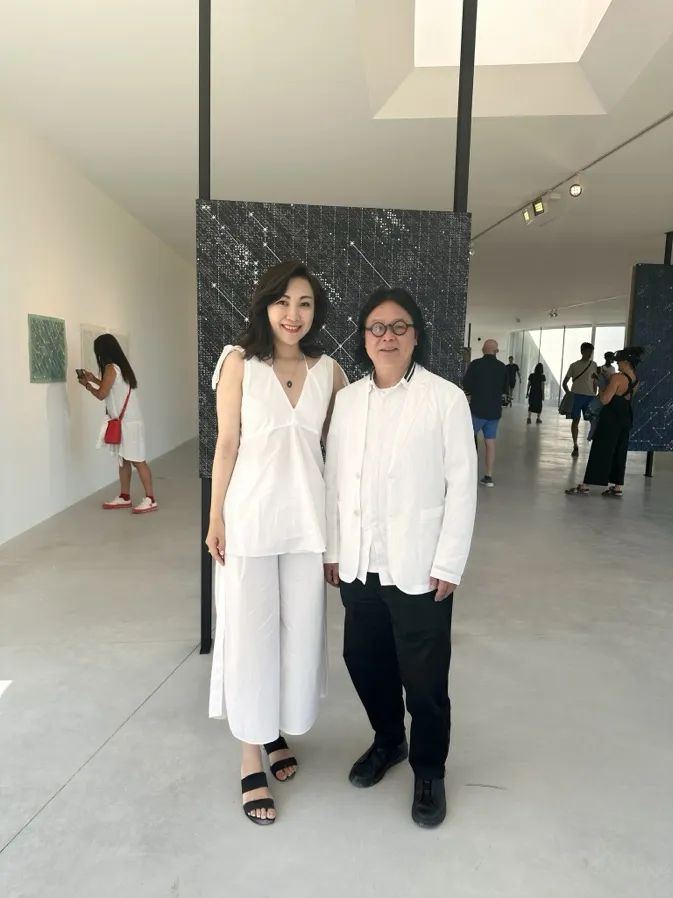
Luning and Ding Yi
“Prediction and Retrospection” is aptly named. It’s a comprehensive review of Ding Yi’s thirty-year career, showcasing 30 of his most iconic works on canvas, wood, and paper, a spatial installation, and an autobiographical documentary. From his earliest experiments in 1988 to his latest creations, it’s a deep dive into the evolution of his signature motifs – those cryptic Xs and crosses – that symbolise his ongoing journey. It’s not just about looking back; it’s about peering into the future, hinting at where his art might venture next.
At a personal crossroads, I found myself searching for assurance amidst uncertainty and excitement, and a conversation with Ding Yi himself offered a moment of clarity. Ding Yi is an artist who believes in looking outward. The more he observes, the deeper his reflections become. He divides his work into three stages: “looking straight ahead,” “looking down,” and “looking up.” His early works, born from the fervour of the 1980s, focus on the “ten”, an abstract exploration of form that mirrors the artist’s direct, rational approach to creation. By the late 1990s, as urbanisation swept through China, his work took on a more chaotic, bird’s-eye view of the cityscape, reflecting the tumultuous changes of the era. In recent years, Ding Yi’s perspective has broadened, embracing a grander narrative that contemplates history and the cosmos.
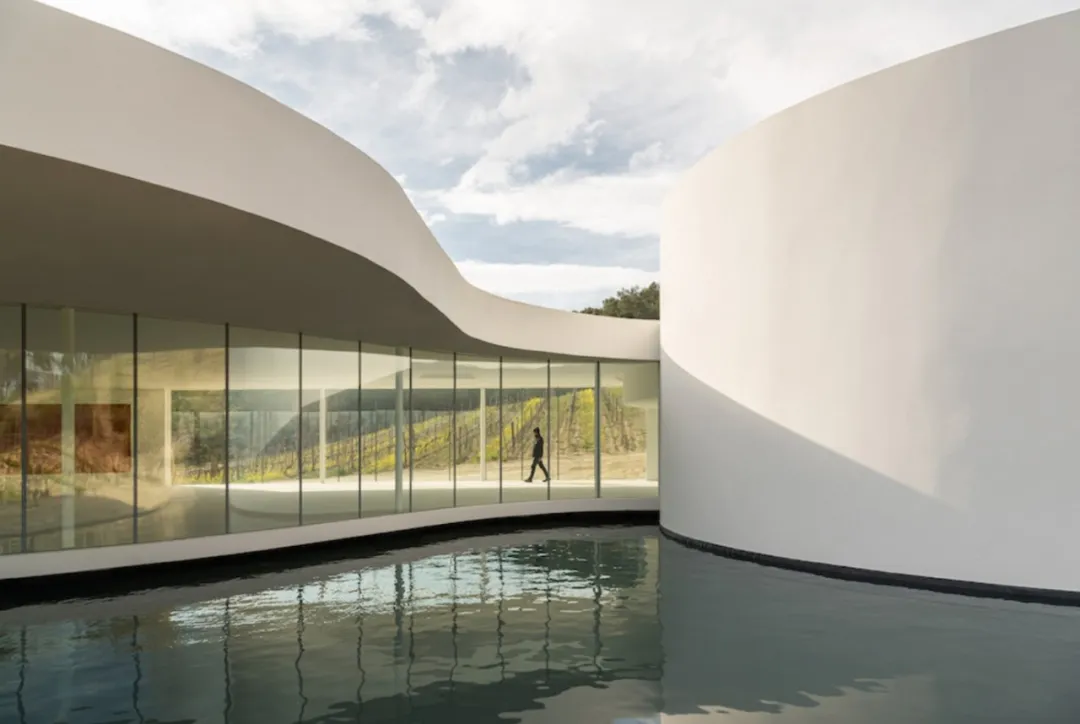
Oscar Niemeyer Pavilion. Image Source: PORT magazine
A standout moment of the exhibition? The unexpected harmony between Ding Yi’s works and the space they inhabit. The exhibition unfolds in an Oscar Niemeyer-designed pavilion, a challenging space devoid of walls and pillars. But rather than see this as a limitation, Ding Yi embraced it, transforming the space’s quirks into an integral part of the experience. The result? A dynamic interaction between the art and the surrounding landscape, with a light, airy presentation that’s nothing short of magical.
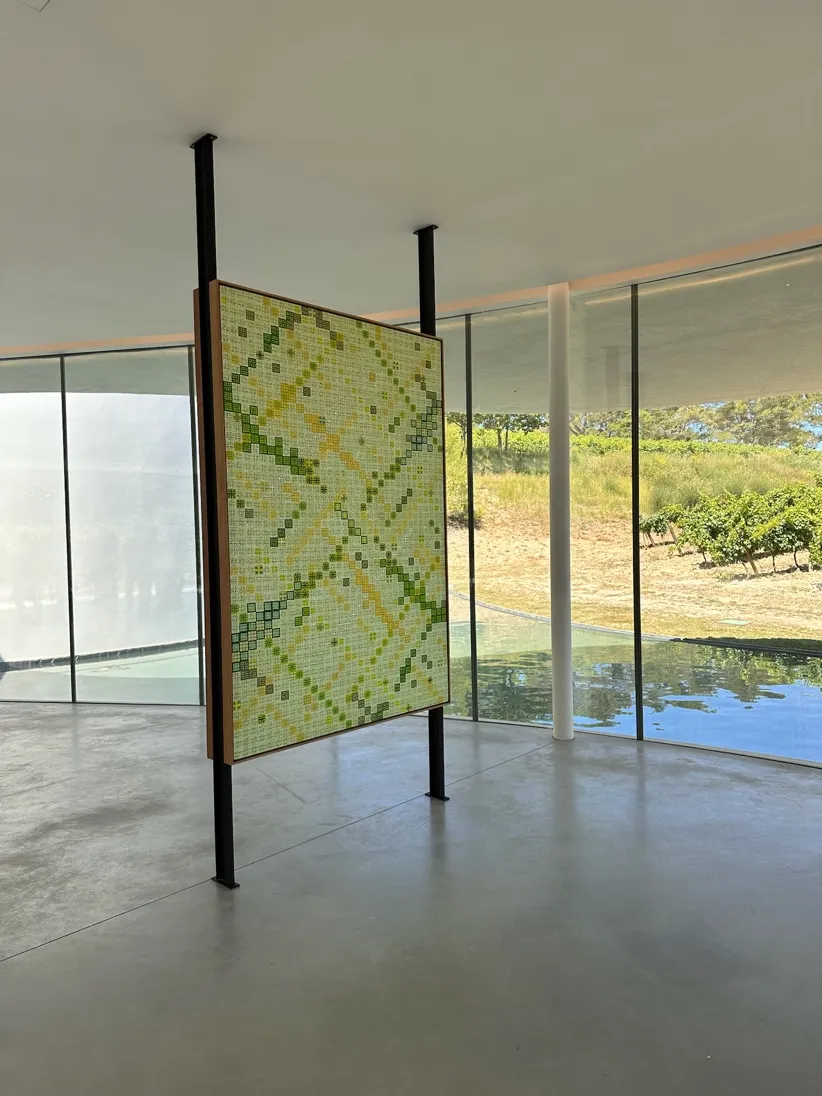
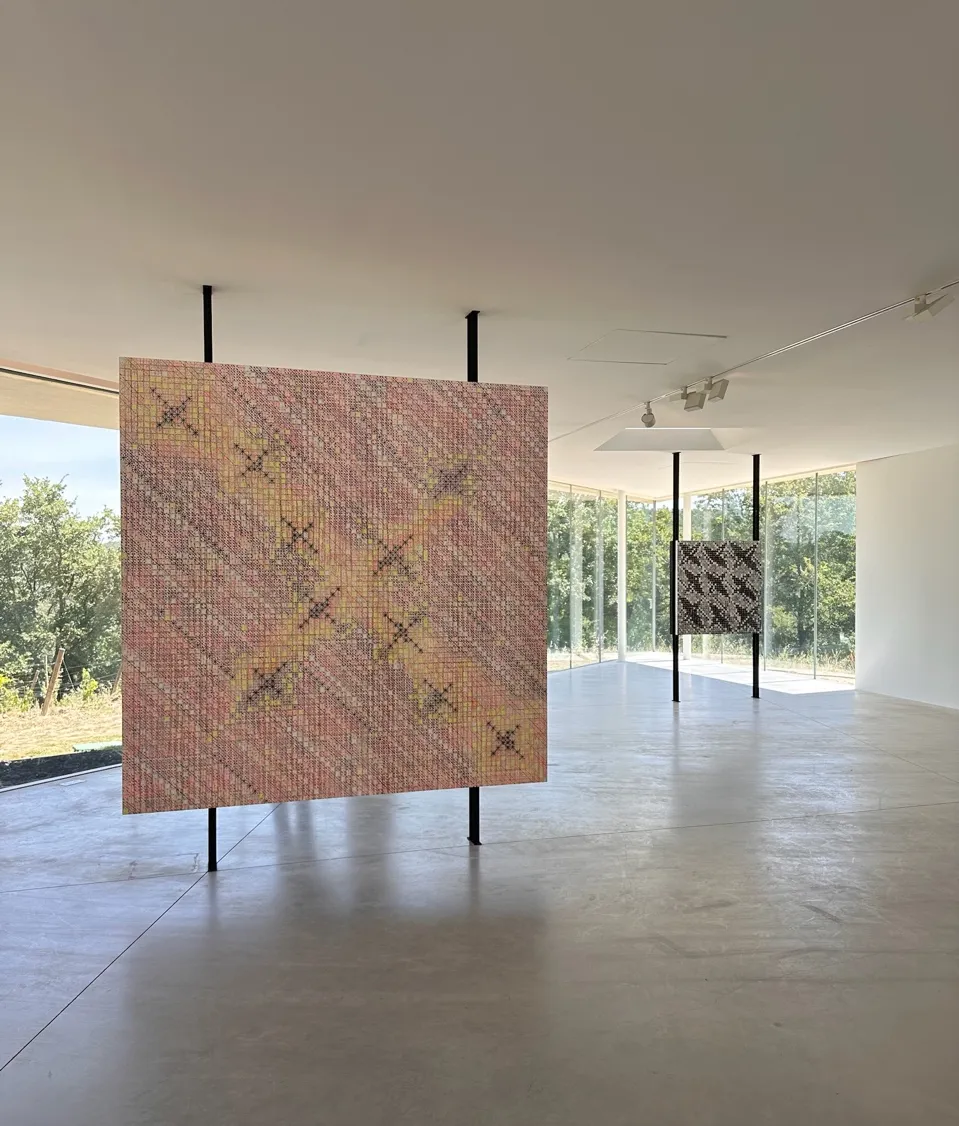
Ding Yi’s exhibition site
Curator Alfredo Cramerotti played a crucial role in this success. An intellectual heavyweight in the art world, with a rich résumé, Alfredo Cramerotti isn’t just any curator—he’s a cultural mastermind who wears many hats. From chairing prestigious art platforms like IKT (International Association of Curators of Contemporary Art) and AICA (International Association of Art Critics) to orchestrating cutting-edge exhibitions like Art Dubai Digital 2024 and several Venice Biennale pavilions. With over 200 scholarly articles under his belt, Cramerotti’s commitment to understanding an artist’s vision runs deep. So deep, in fact, that he hopped on a plane to Shanghai and Taiyuan to immerse himself in Ding Yi’s world, ensuring that every nuance of “The Dimension of ‘Ten Indications'” was captured with precision and insight.
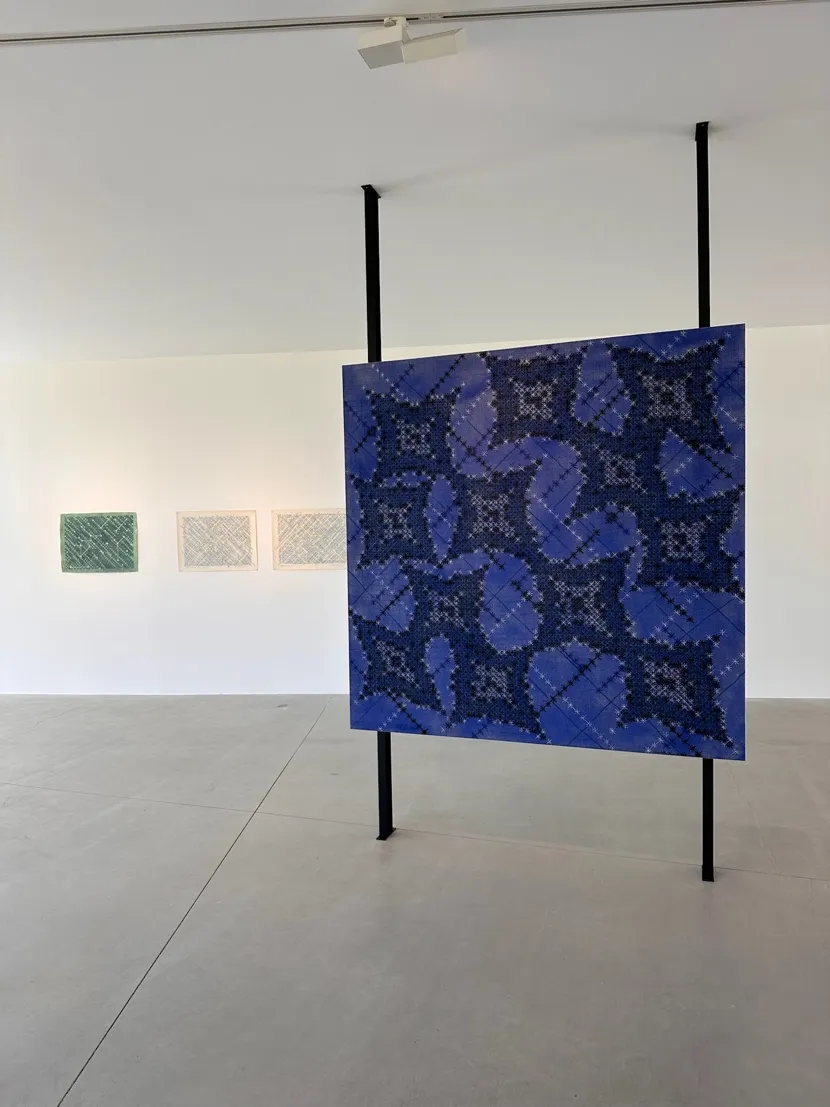
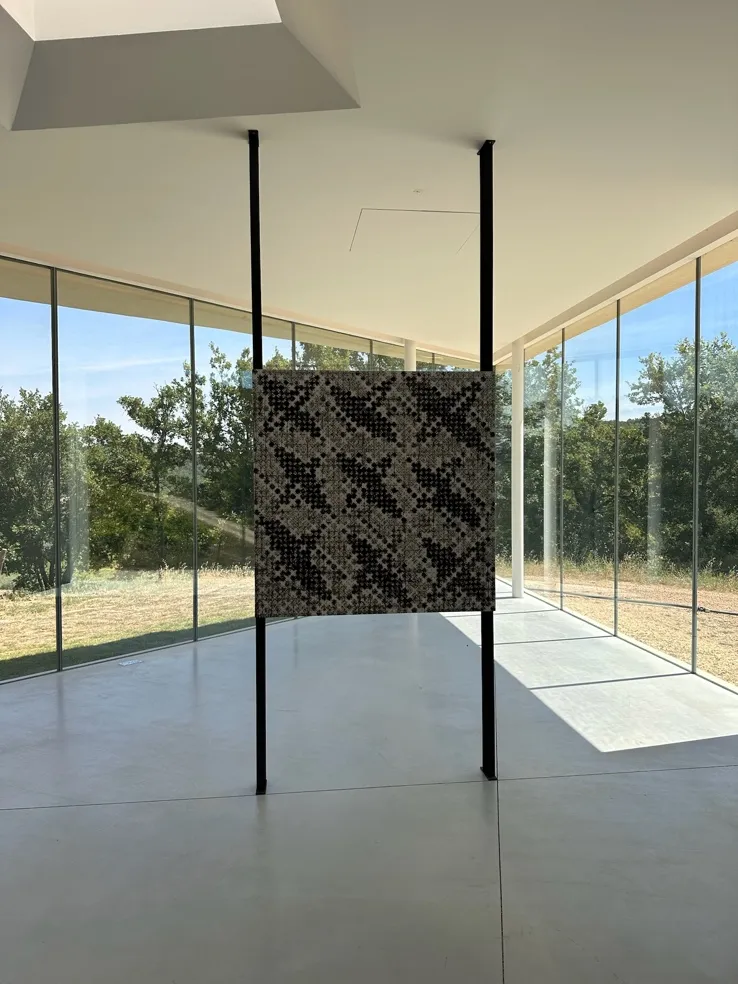
His collaboration with Ding Yi was marked by rigorous debate and mutual respect. Despite some last-minute hiccups – upon arriving in France two days before the exhibition, Ding Yi discovered that two key works had been removed by the curator for structural reasons. Niemeyer’s architecture, with its emphasis on lines, required an uncluttered space. But Ding Yi insisted on the importance of these works—the fluorescent piece responding to China’s urbanisation and the tri-colour painting marking the start of his 36-year career. Ding Yi’s persistence ensured that the exhibition maintained its intended narrative.

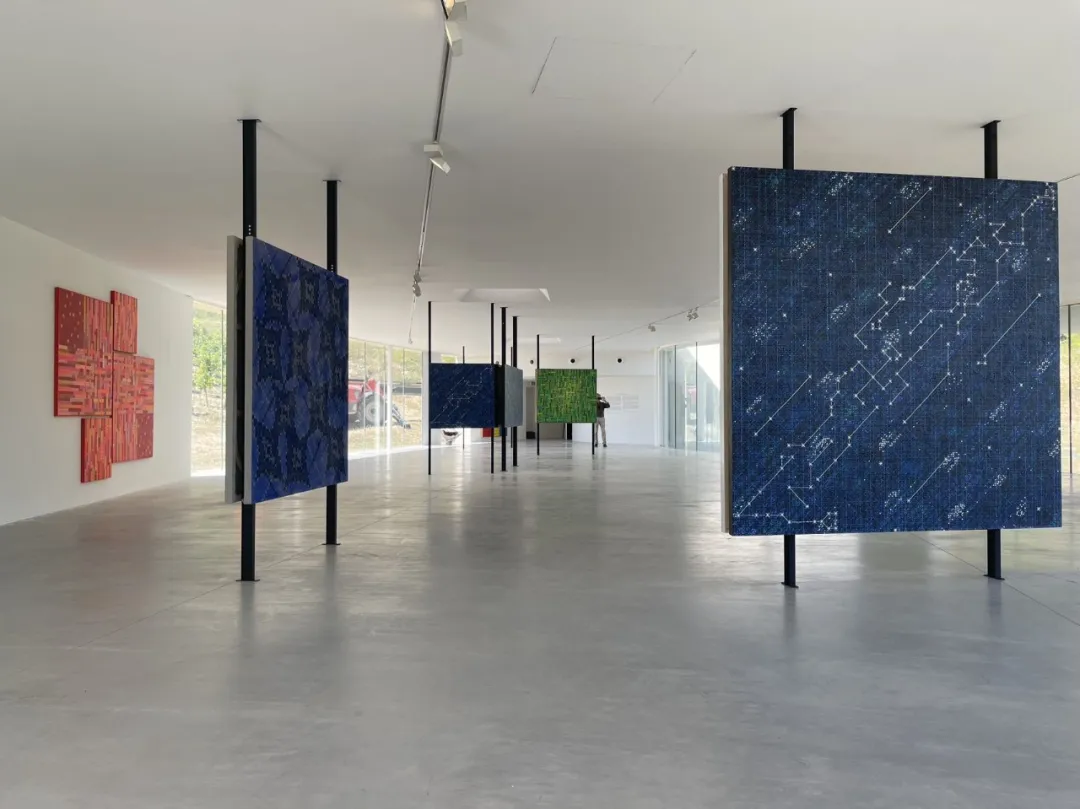
Ding Yi persuaded Alfredo to hang the work
It’s worth noting that many Chinese artists take the “export to sell domestically” route when exhibiting overseas, catering more to the local market than engaging with international audiences. They bask in the flattery of their local circle while failing to make a splash abroad. Ding Yi, however, is the exception. His work resonates globally, thanks to his humility, constant self-reflection, and insatiable curiosity. His summer in southern France wasn’t just a professional triumph; it was also a period of profound personal growth.

Ding Yi at LUMA Arles
At the LUMA Foundation in Arles, where art meets science, Ding Yi was inspired by the foundation’s commitment to environmental governance and new material development reinforced his belief that art must continually evolve in response to the times. .His visit to Lee Ufan’s studio, nestled in an old alley, transformed by Tadao Ando, sparked reflections on how Asian artists can thrive in Europe.“Ding Yi sees the fusion of different disciplines as a way to strengthen the recognition of Asian art professionals on the international stage,” much like the breathtaking synergy between Zeng Fanzhi’s works and Ando’s design at this year’s Venice Biennale. It’s a reminder that the future of art lies in cross-cultural collaboration.

Fondation Carmignac

Landscape of Porquerolle Island
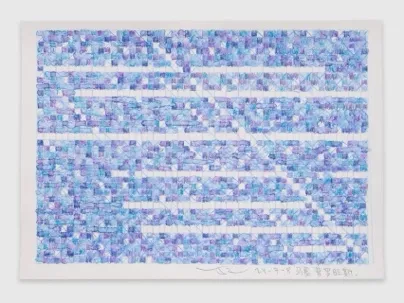
Ding Yi saw the scenery of Porquerolle Island and drew his travel notes
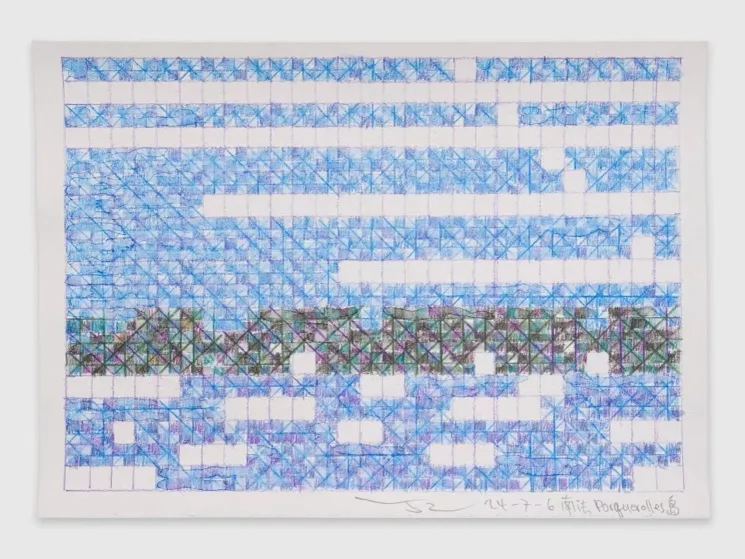
Ding Yi’s journey has been shaped by both outward exploration and deep introspection. In 1993, he was selected by Italian curator Achille Bonito Oliva to represent Chinese abstract art at the 45th Venice Biennale, a major turning point in his career. However, two years later, when he received a media report on the exhibition, he was shocked to find his works missing from the coverage. Most attention had been given to ideologically charged pieces, such as those featuring Mao or bald figures. This moment revealed to him that his artistic path would require patience and persistence, as immediate recognition would not come easily. Now, after 36 years, at 60, Ding Yi is finally receiving the long-deserved acknowledgment for his contributions.

Maeght Foundation
In a world where self-doubt often reigns, Ding Yi’s unwavering confidence is refreshing. He’s never wavered from his path, firmly rooted in his understanding of both Chinese and Western art histories. His message is clear: Artists must strive for the unity of body and mind, drawing on a wealth of knowledge to navigate the ever-shifting landscape of contemporary art. The process of becoming an artist is fraught with challenges, but true transformation requires a broad vision—art is not just about what to paint, but what to realise and integrate into one’s work.
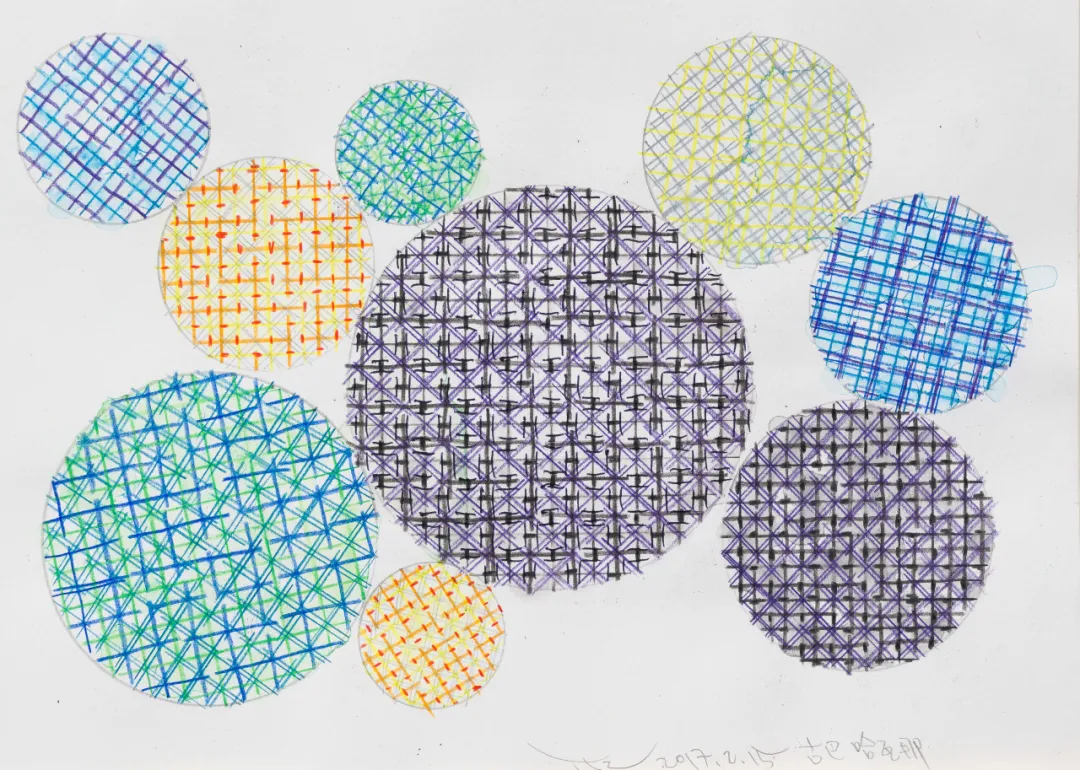
Ding Yi Travel Sketch – Havana
In the past decade, Ding Yi’s work has taken on a global perspective. His travels have taken him to the Arab region, India, Southeast Asia, Cuba, Egypt, and Morocco – exploring ancient civilisations and drawing inspiration from cultures that many overlook. Just as French artists at the turn of the last century found new ideas in African and Asian art, Ding Yi’s travels have enriched his worldview and his work.
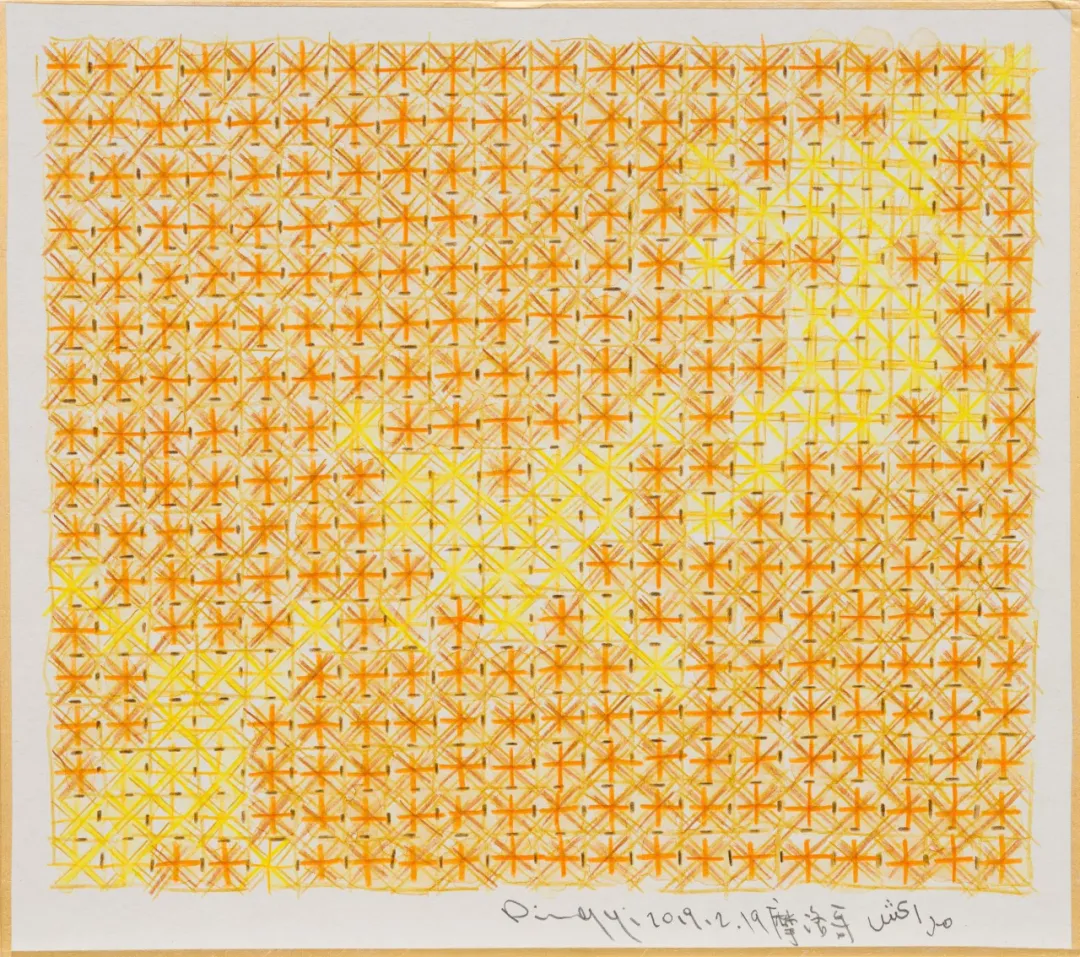
Ding Yi Traveling Sketch – Morocco
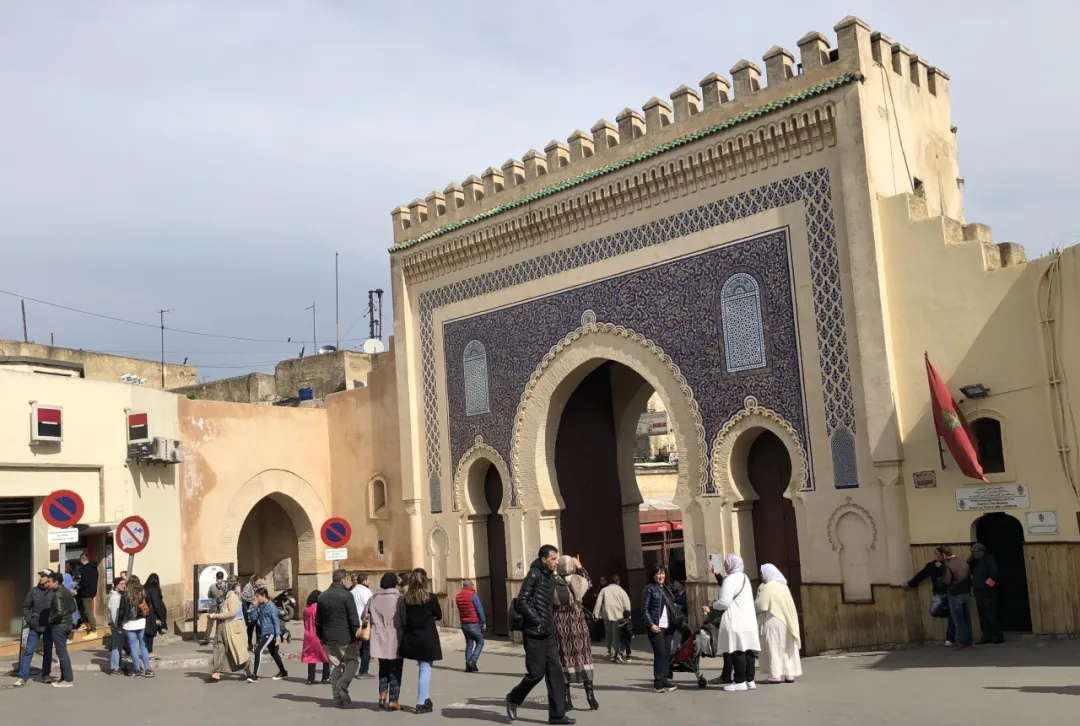

His experiences remind us that the unity of body and mind is not just about achieving balance; it’s about broadening our horizons and deepening our understanding of the world. The struggle between rationality and emotion often leads to internal conflict, making it difficult for many to achieve harmony between the two. Ding Yi imparted this wisdom to me: One of the biggest hurdles to achieving that elusive unity of body and mind? Not reading enough, and not soaking up enough knowledge. According to him, it’s only when you truly broaden your understanding that you can start to untangle the threads and make sense of it all.
As the exhibition opening drew near, I found myself, under the moonlight of Provence, slightly tipsy and deep in conversation with newfound friends from around the globe. The talk inevitably turned to the unity of body and mind. Gallery owner Timothy Taylor mused that “You can’t sell a work of an artist you don’t believe in. Intellectual and emotional honesty will serve you well.” He did not point out the secret of “unity of body and mind” like Ding Yi did, but he proposed that the premise of achieving “unity of body and mind” is honesty – honestly dealing with one’s own emotional ups and downs, confusion and ignorance, and the ambition to seek breakthroughs.
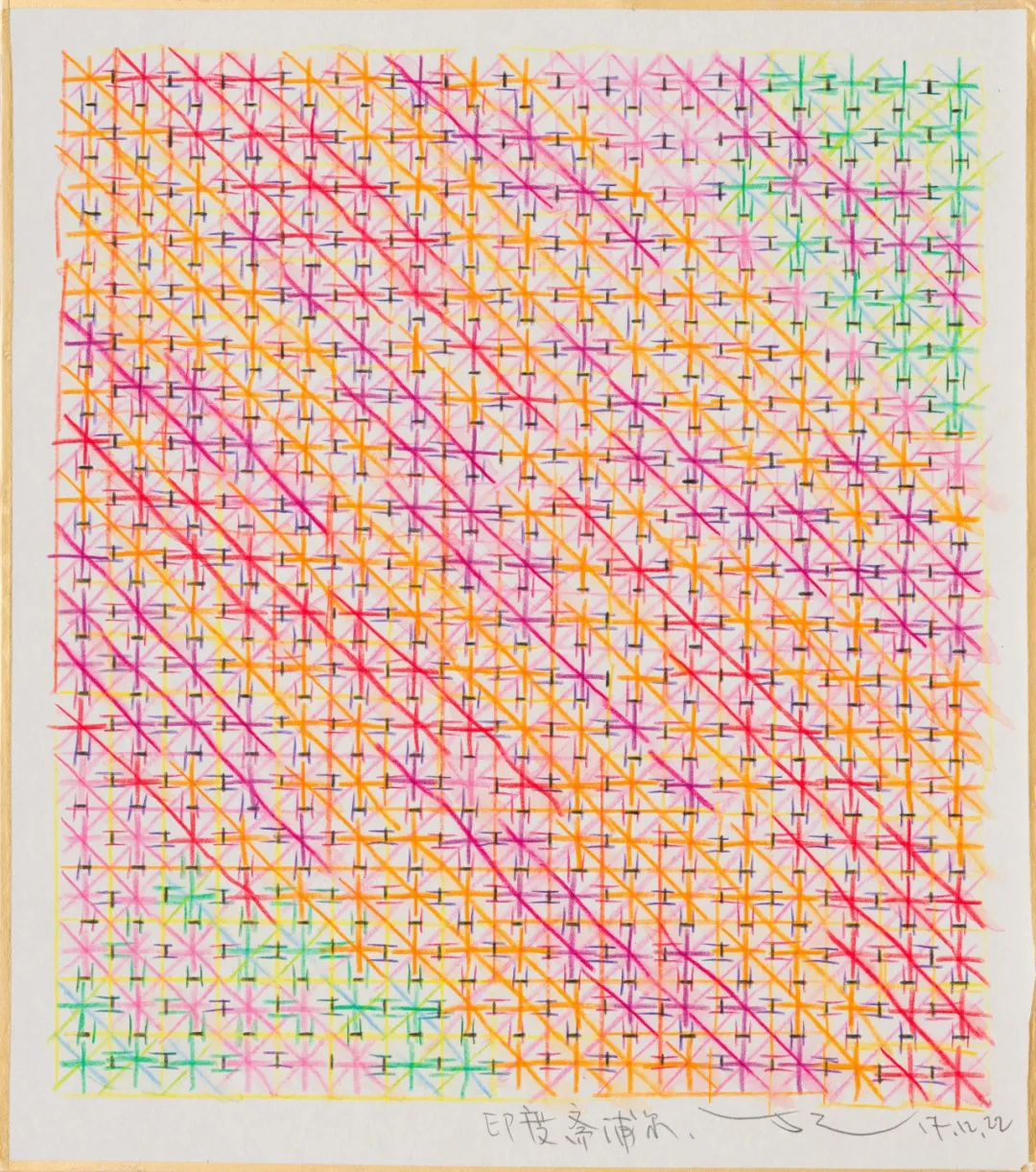
Ding Yi Traveling Sketch – Jaipur

Ding Yi Traveling Sketch – Jordan

Ding Yi’s art, his character, and his worldview offer us a glimpse into the man himself. His work is not just a reflection of the times but a beacon for the future. As he embarks on this new chapter, we’re reminded that for Ding Yi, this is just another beginning.
-the end-
Text: Luning
Copyediting: Rosie
This article originally appeared in my column “Picasso and Single Girl” on FT China


